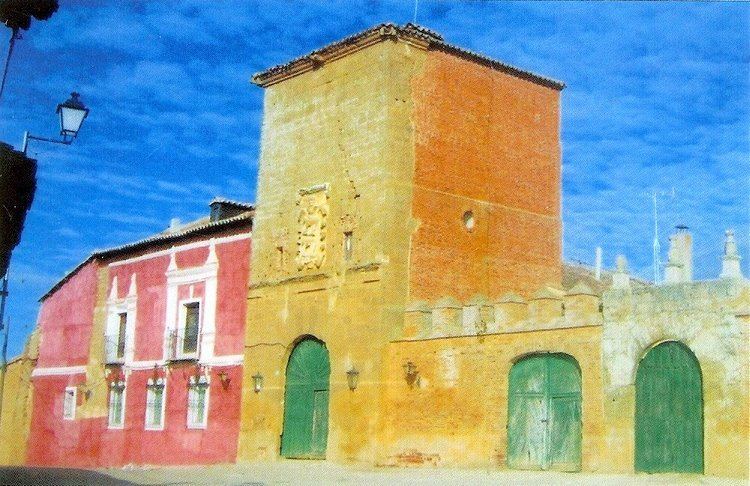Founded See text Elevation 741 m Population 156 (2014) | Time zone CET (UTC+1) Local time Tuesday 3:25 AM | |
 | ||
Weather 8°C, Wind N at 8 km/h, 56% Humidity | ||
Valdunquillo is a municipality located in the province of Valladolid, Castile and León, Spain. According to the 2004 census (INE), the municipality has a population of 179 inhabitants. The town's residents traditionally call themselves "lechugeros," a testament to the fact that the town had a good reputation for cultivating lettuce. Valdunquillo is adjacent to the towns La Unión de Campos, Villalogán, Bolaños de Campos, Valderas, Medina de Rioseco, and Villavicencio de los Caballeros.
Contents
Map of 47672 Valdunquillo, Valladolid, Spain
History
Valdunquillo has been occupied by Christians, Jews, and Muslims. However, archaeological evidence shows that the area was likely first inhabited by the Vaccaei. The first written reference of the town appears in a document, dating to the year 1126, in which the Countess Doña Mayor donates to the monastery of Sahagún. In another donation, dating to the year 1192, it is referred to as "Valle de Junquello," perhaps the origin of its present-day name. On March 5, 1368, King Enrique II ceded the town to Alvar Pérez de Osorio. The Osorio family formed much of the town's history, and promoted its convent. On May 1, 1623, King Philip IV of Spain granted Francisca de Valdés Osorio the marquisate of Valdunquillo.
About the Town
The architecture of Valdunquillo consists mainly of adobe and brick with tile roofs, typical of Castile. Also typical of the area are its many palomares. The town is part of the comaraca, Tierra de Campos. The area's first inhabitants were the Vaccaei, then it was occupied by the Romans, and then the Goths. It was also the border between Muslims and Christians during the Middle Ages. During the Medieval era and the Renaissance, the area was the breadbasket of Spain. As time passed, its importance declined, and people fled to large cities, like Valladolid, Sevilla, Madrid, and Barcelona.
